The Intentional Creativity LA Producer and Storyteller Kadhja Bonet Demands In Her Music
This interview of Kadhja Bonet originally appeared in the print version of She Shreds Issue #16, which was released in December 2018
Kadhja Bonet prefers not to be called a musician, instead favoring the title “producer.” It’s a subtle but important distinction; the key to understanding how such a complete vision as her sophomore album, Childqueen, released this summer on Fat Possum, could be wrangled from the ether. Bonet’s latest is a treasure trove of nuance, featuring classical and electric guitar, drums, bass, flute, strings, and synth—all of which she plays herself, with few exceptions. It is at once virtuosic and soulful, and cannot be easily categorized. As an artist, Bonet has few musical contemporaries.
During our interview, the Los Angeles producer dropped an apparent skepticism as soon as an interest in the intricacies of her craft was shown. This is an artist for whom no lyric, beat, or tone is accidental. In fact, true to her desire to connect to the creative genius of childhood, the more carefully you listen to her album, the more opportunities Bonet offers for you to truly experience childlike awe.

She Shreds: How are your songs composed?
Kadhja Bonet: “Compose” is a tricky word. I write from the guitar and that’s usually the starting point. I will write the melody and the chords together, and the song and the structure from the guitar, and then kind of take it and start doing other shit.
What kind of guitars are you playing?
On “Second Wind,” and also on ‘Joy,” I’m using some classical Yamaha I’ve had forever—I don’t know the model, I don’t have it with me, and it means absolutely nothing to me or the process. The rest of it was on a Telecaster.
I’ve heard that you rebelled against formal training. What specifically did you rebel against?
I don’t know that that’s necessarily true. I was classically trained on violin, but I don’t have classical training or any other formal training on the other instruments that I play. I don’t even really consider myself a guitar player, or a flautist, because I really am more of a producer in what I do. Guitar is a songwriting tool that I find works really well for me. I really just take it from a personal construction perspective and not any kind of real vocabulary.
You consider yourself a producer above all?
Absolutely. I consider myself a producer [and] storyteller.

Do you tend to lead with a melody or a lyric first?
It can go either way. Sometimes you’re messing around and you find a chord or a few chords that resonate with you, and you know you can turn it into something. Sometimes you have a phrase that’s stuck in your head; sometimes you have a little melody piece. It varies totally. I really only write when one of those things inspires me. I’m not one of those people who sits down and writes every day, which I should do. The most prolific writers are people who structure things out that way for themselves. But usually I wait until one of those three things tickles me: a phrase, a melody, or a chord structure. There’s no one thing that’s like, “This is how I start.”
Speaking of chord structure, listening to your two albums back to back, I notice a lot less dissonance on Childqueen. Is that a conscious shift?
I think people’s taste just changes. If I made an album right this moment, you’d notice different things like that too. But it’s definitely not conscious. It’s not like, “This time I’m going to be more simple,” or, “This time I’m going to be more complex.” It’s more just what I like, and absolutely your taste evolves. I wouldn’t want my taste to not evolve. But it’s actually something that I didn’t notice. If anything, for this album, I was a little played out on some of the things I was doing on the first album. [Before] I was like, “I’ll put strings all over everything,” and [now] I’ve lost my lust for fat strings. With my first album, I knew it was a tool I had since [violin’s] my primary instrument, and so I think I relied on that. With this album, I felt like I could experiment more and I didn’t have to depend on my string playing to get an idea across. So I think that was more where I was coming from.

The other big difference that I noticed was your use of negative space and silence; for example, on “Delphine,” where that snare drum is there and then it’s gone for multiple bars of music. How much was this idea of subtraction on your mind during this album?
It’s only subtraction if it was there to begin with. [Laughs.] I wanted to keep things a little cleaner and more minimal. It was just where my head was at the time, wanting to be a little bit more to the point. Both have a time and a place, and it was just kind of the aesthetic I was after at the time, of not saying too much.
What’s around you in your studio? Do you have essential pieces of gear that get you in motion?
I don’t. [Laughs.] It was fun because—I say “fun” now in retrospect, but at the time it was probably more stress than it was fun—I was moving around a lot. And being thrown into new environments, I was trying to use that. If I found myself in a different studio for a day, I would try and take advantage of whatever new thing they had that I could play with. But I don’t have one thing that’s a staple. I think it’s a fun challenge to use what’s around, what’s available.

I’m definitely interested in the meaning of “Childqueen.” Is it a vision? Do you close your eyes and see yourself as the Childqueen?
It’s more of a direction; more of an aroma than a vision. Something you’re kind of chasing or pursuing. It plays a big role in my personal struggles and journey in trying to make sure that I’m being true to my innate self.
What does that mean, for it to play a role?
Remembering what used to inspire [and] excite me. And trying to return to the innocence of those simple excitements so that I can find the joy in the moments that used to come naturally—that come naturally to little kids. And that also removes the fear of the developed ego.

You’ve said that music making is very solitary to you. Now that the album is out, do you have an image in mind of what the perfect listening environment is for someone to absorb what you’ve created?
I would want somebody to digest it in a similar environment to where it was prepared, which is in solitude. I know there are lots of wonderful sound systems that I know nothing about, but honestly I think nothing beats a dumb pair of headphones. Because it kind of creates this isolation and that’s the way I prefer to listen to music; just closed eyes with headphones in my little reality.
It’s super pretentious, but I think with all the details that people put into their work, I want to know that someone is hearing those nuances, those things that I’ve intentionally laid in the background, because they mean something to me. That’s very selfish, but whatever the case is, I hope people derive their own meaning from it and don’t read too much into my meaning. I think there’s way more value in how any art relates to your own experience than how it relates to the creator.
Do you have any artists in mind with whom you’re interested in collaborating? Do you have anybody that you’d make an exception for?
I’ve made a couple of exceptions. I’ve done some work with Anderson .Paak that’s going to be on his upcoming release. There are other people that I would definitely make exceptions for. I would totally love to work with Sir, and I think Thundercat would be a great person to work with. One of the problems with me is that I don’t know how to co-create in the same environment. A lot of people don’t really get that, and they try to force me to work in the same room as them and I can’t. I’ve tried it a couple of times and it failed miserably. So it has to be with people that can respect my process, which is the underground, nobody’s-in-the-room-with-me process.
I’m down to work with anyone who can understand what I’m doing. I’ve tried telling myself, “You need to just learn how to work how other people work,” but it’s so forced. I’m just resigning [to the fact that] that’s not how I work, and that’s okay. It’s okay to not work the same way as people around me. I’m open to working with people who have a similar love for their craft and who can respect our differences.



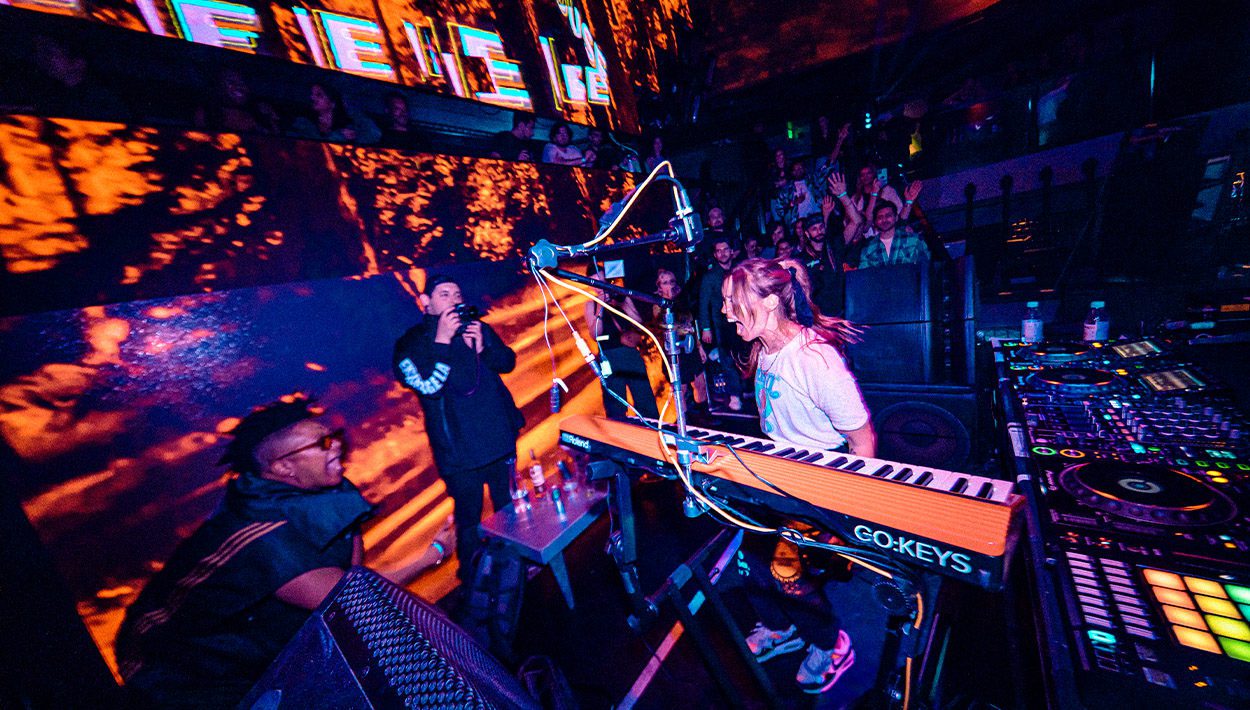
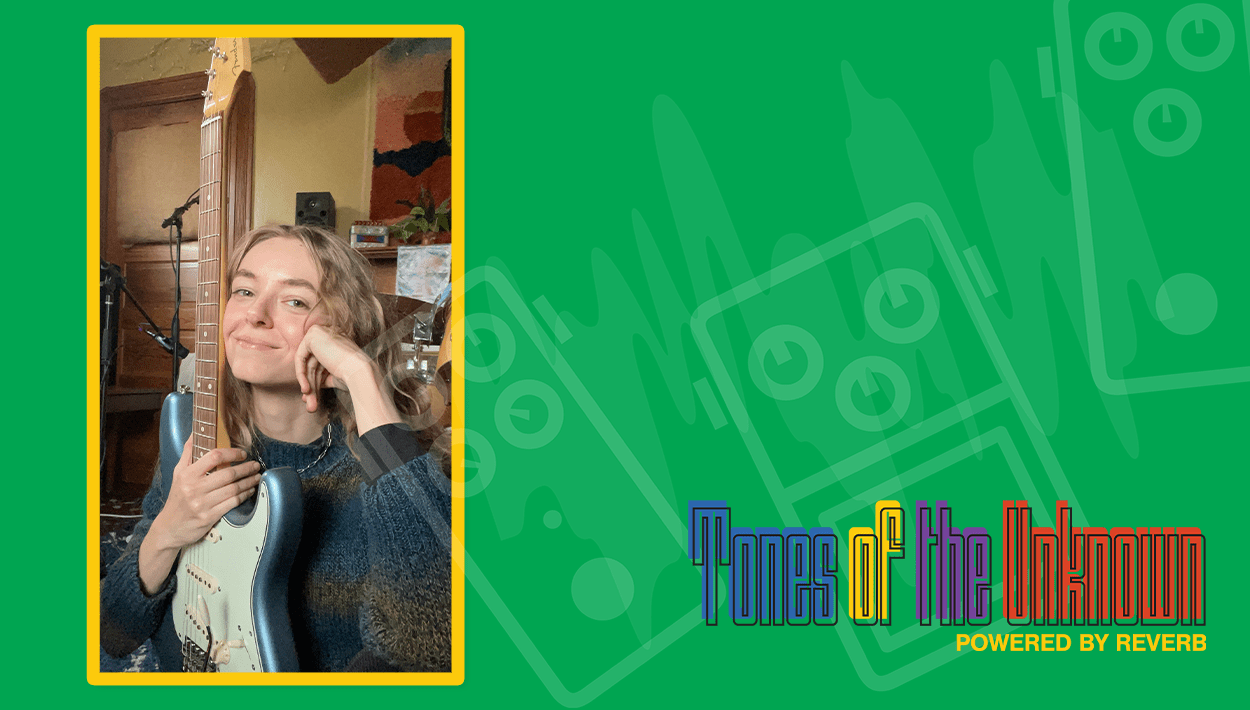
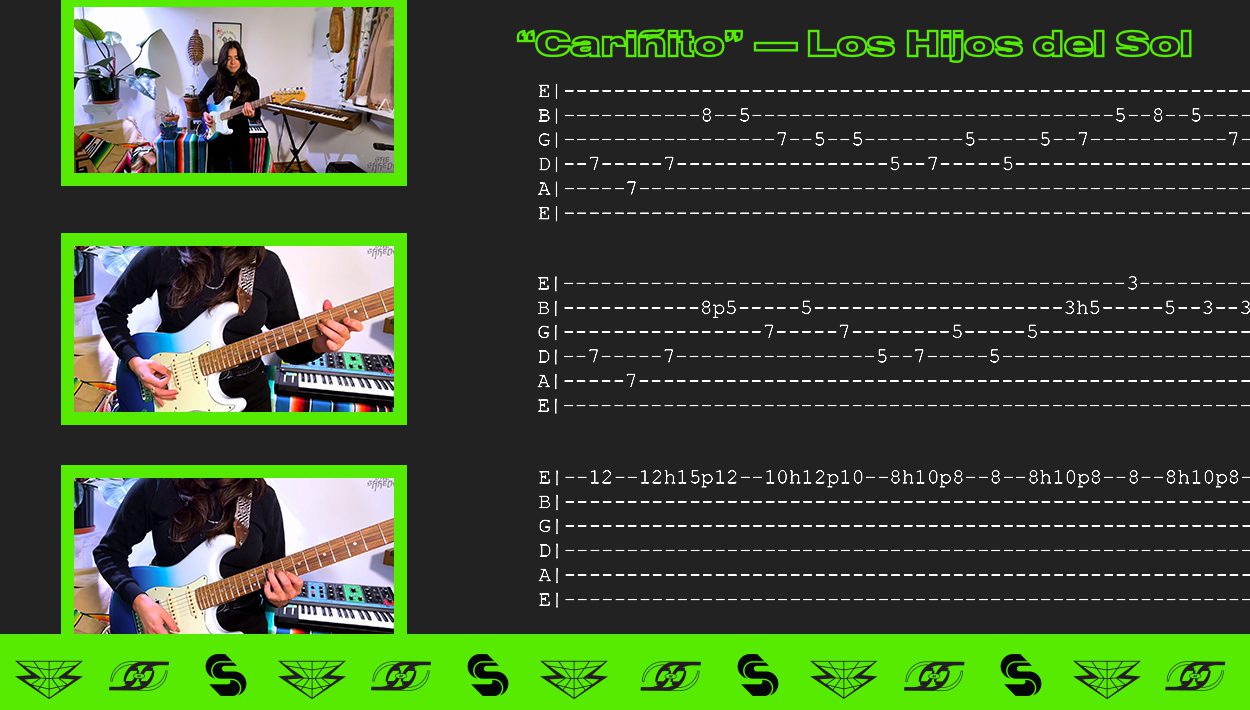
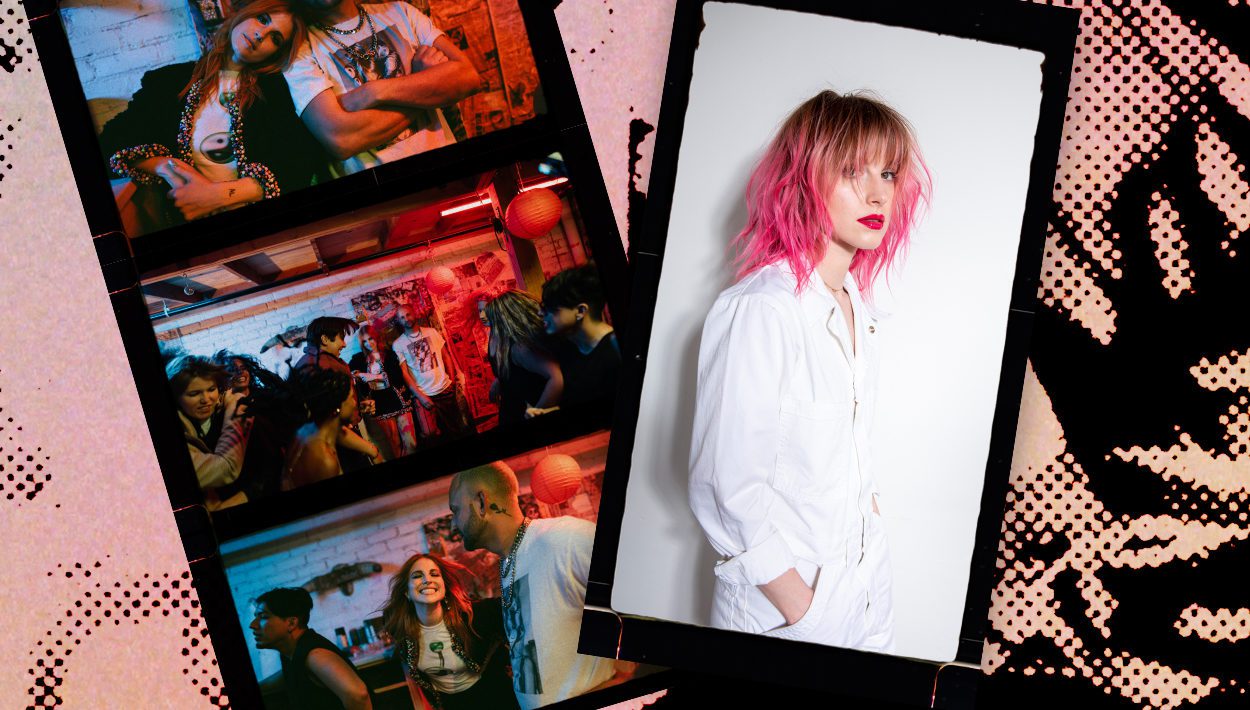

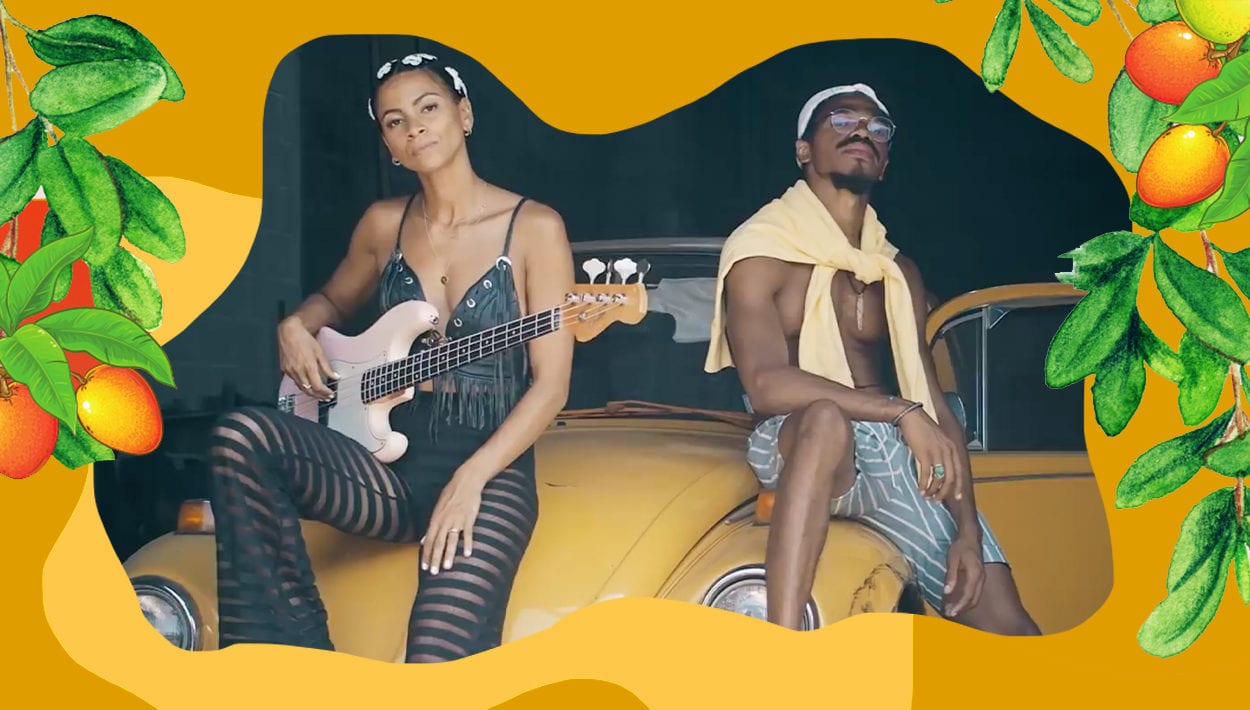
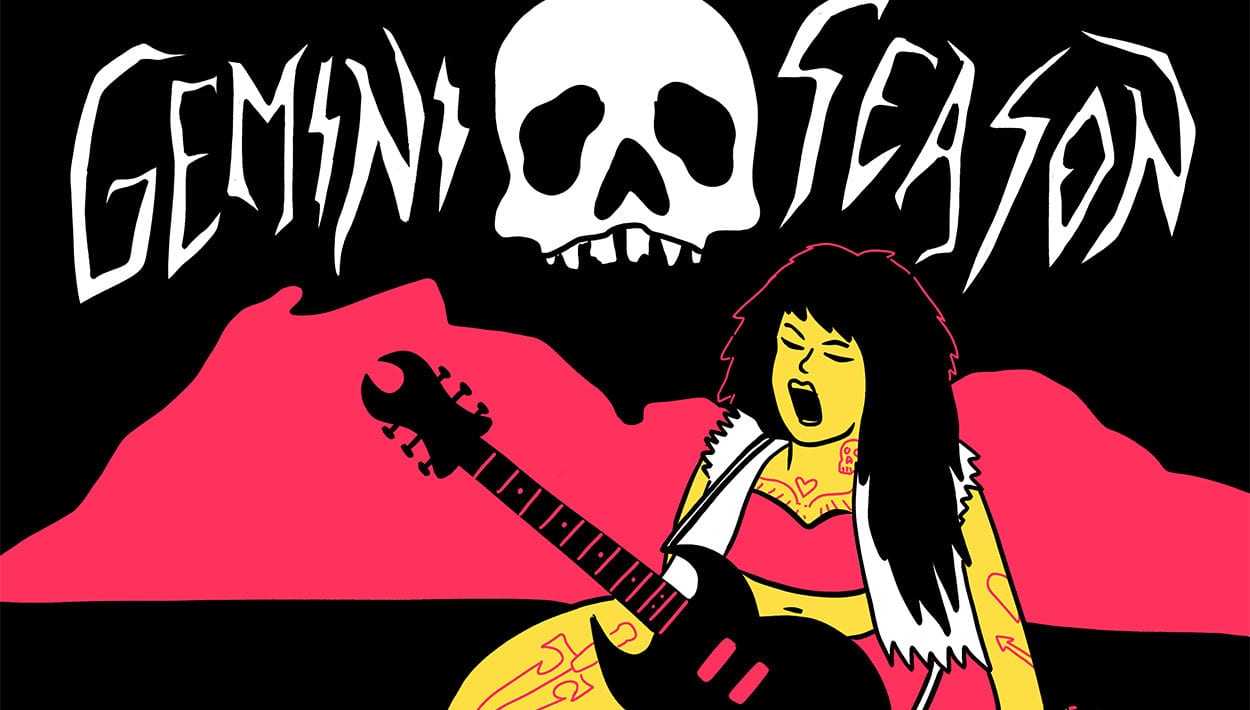

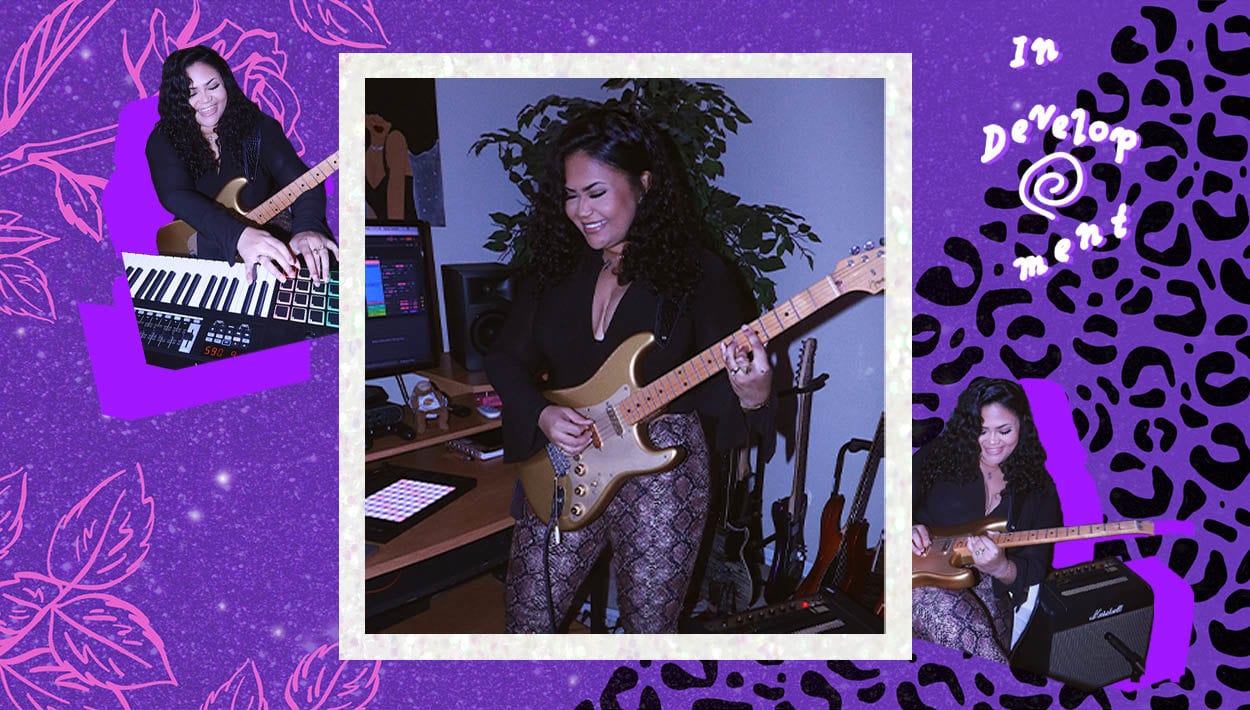
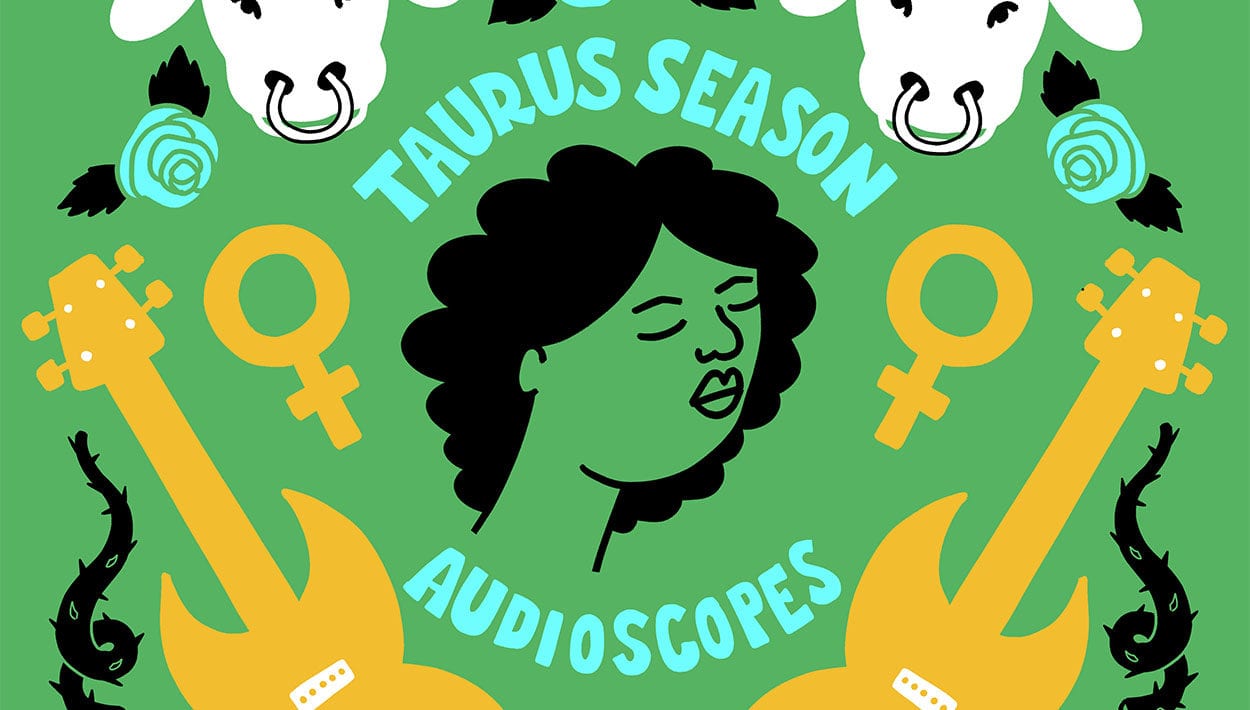


Comments
No comments yet